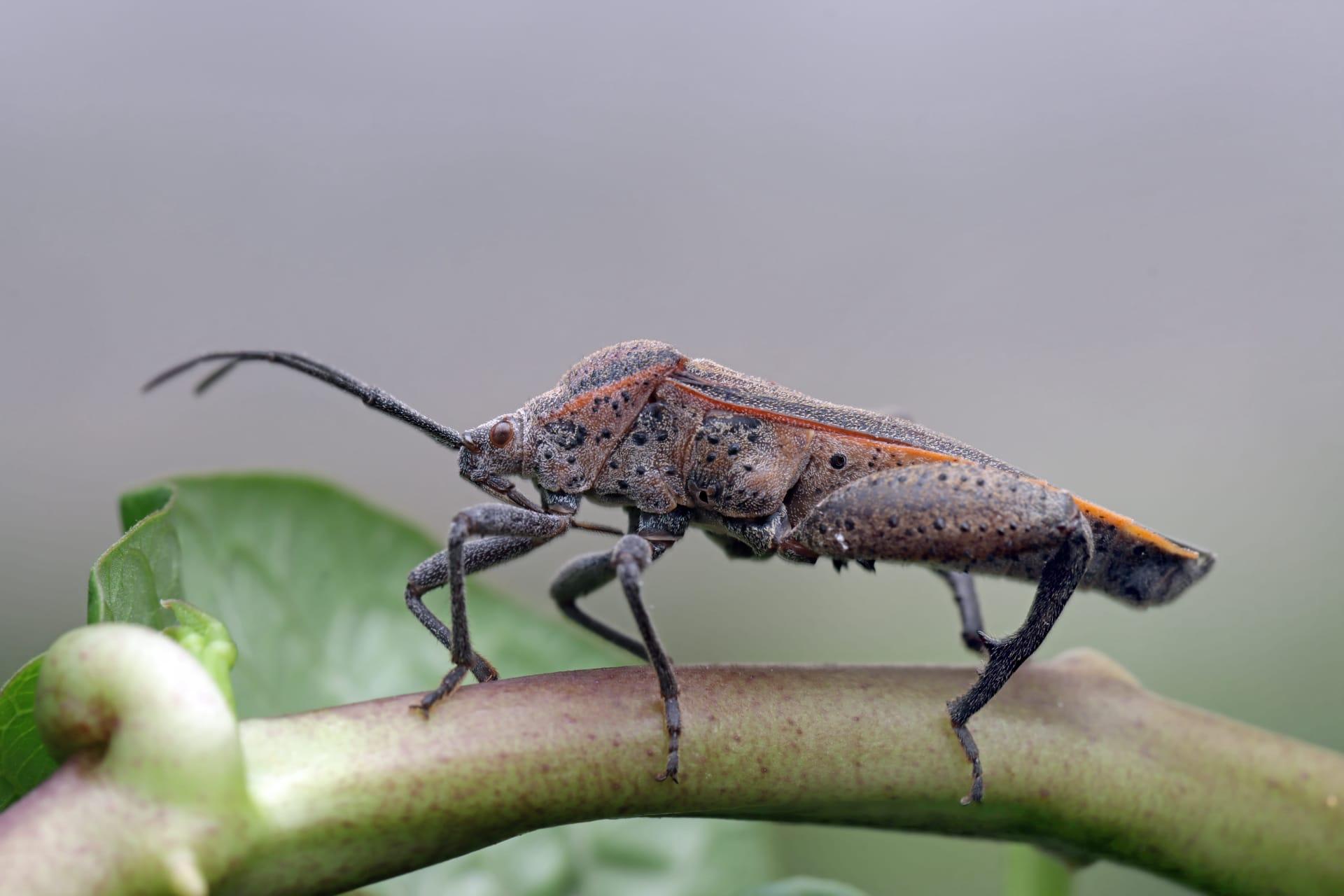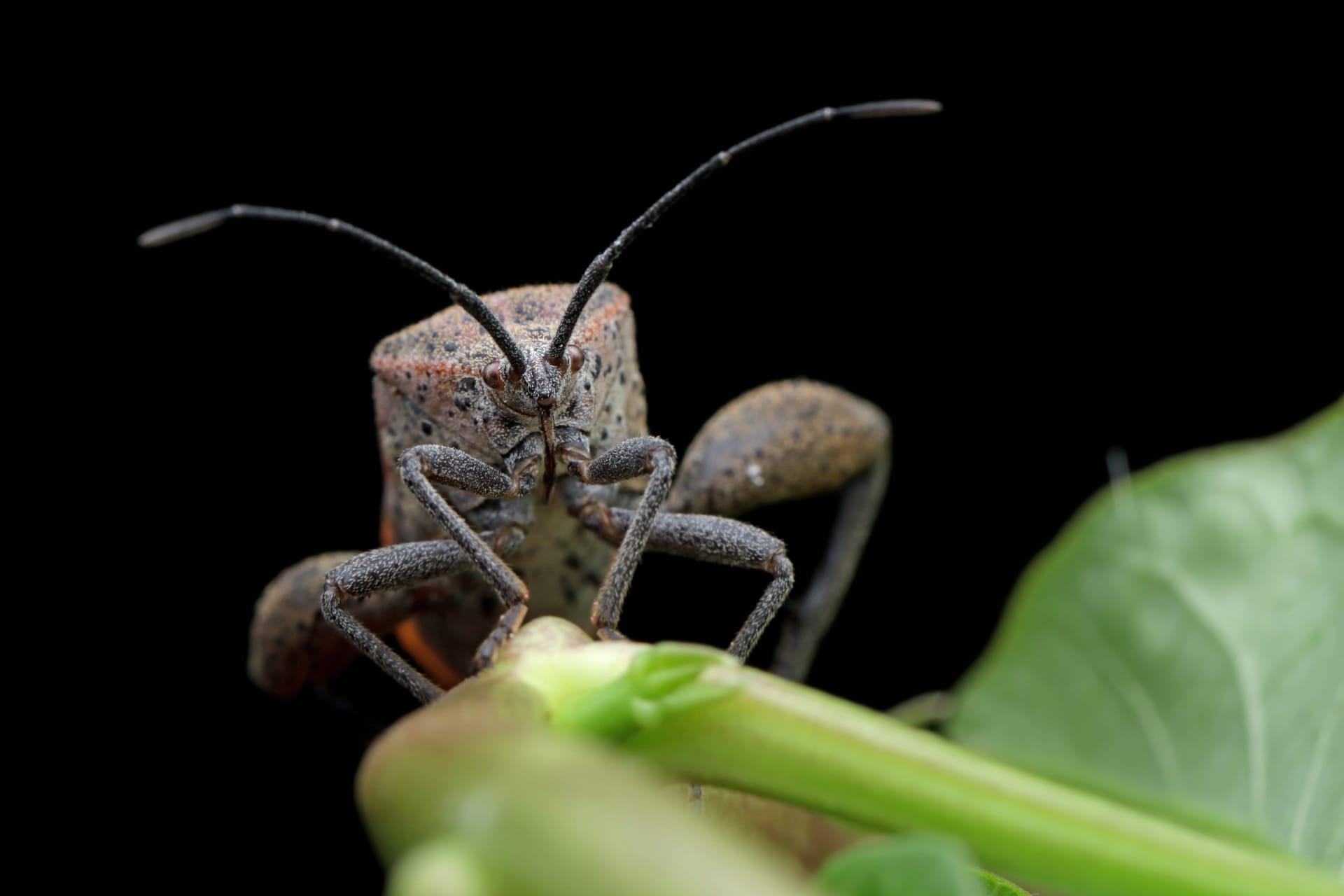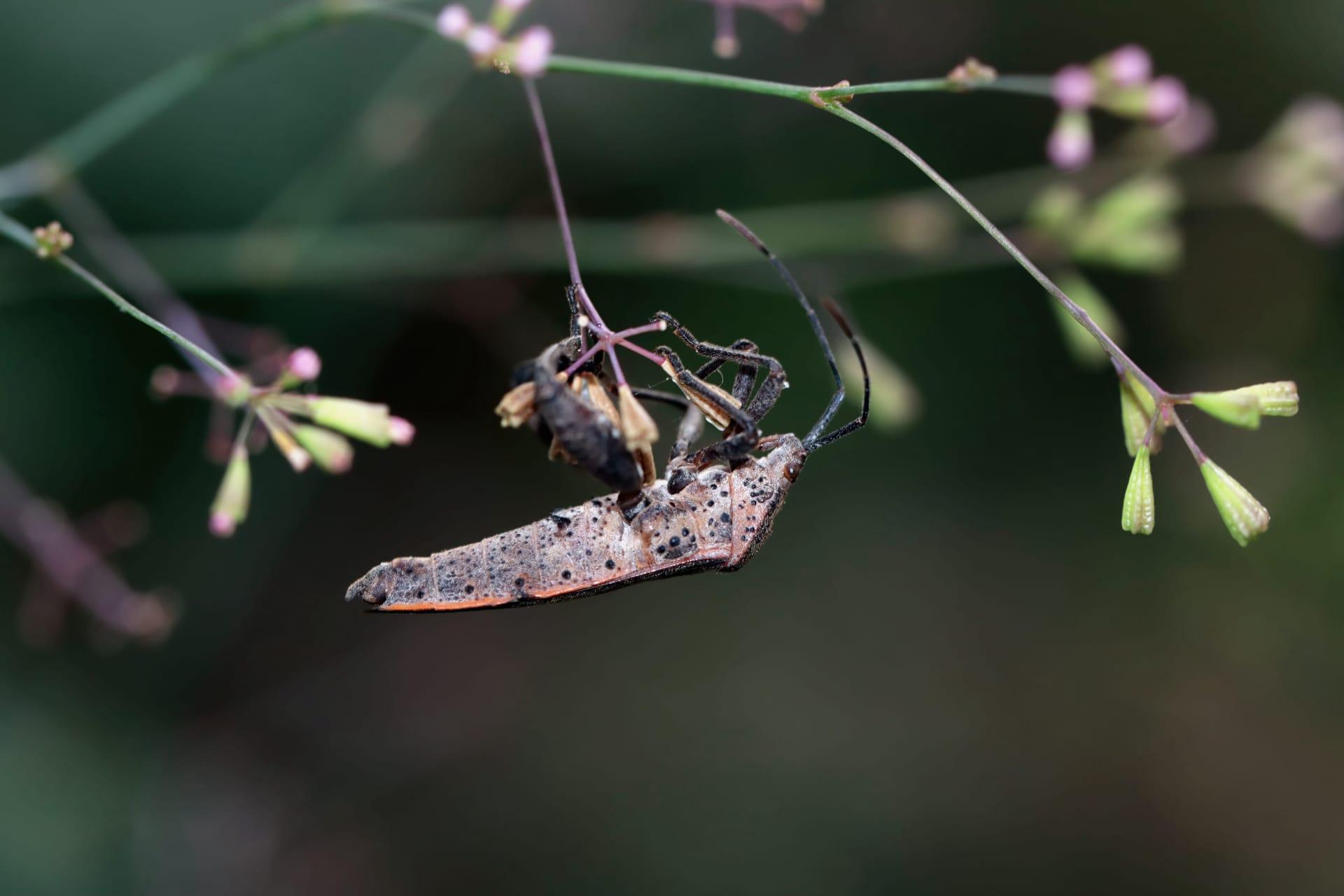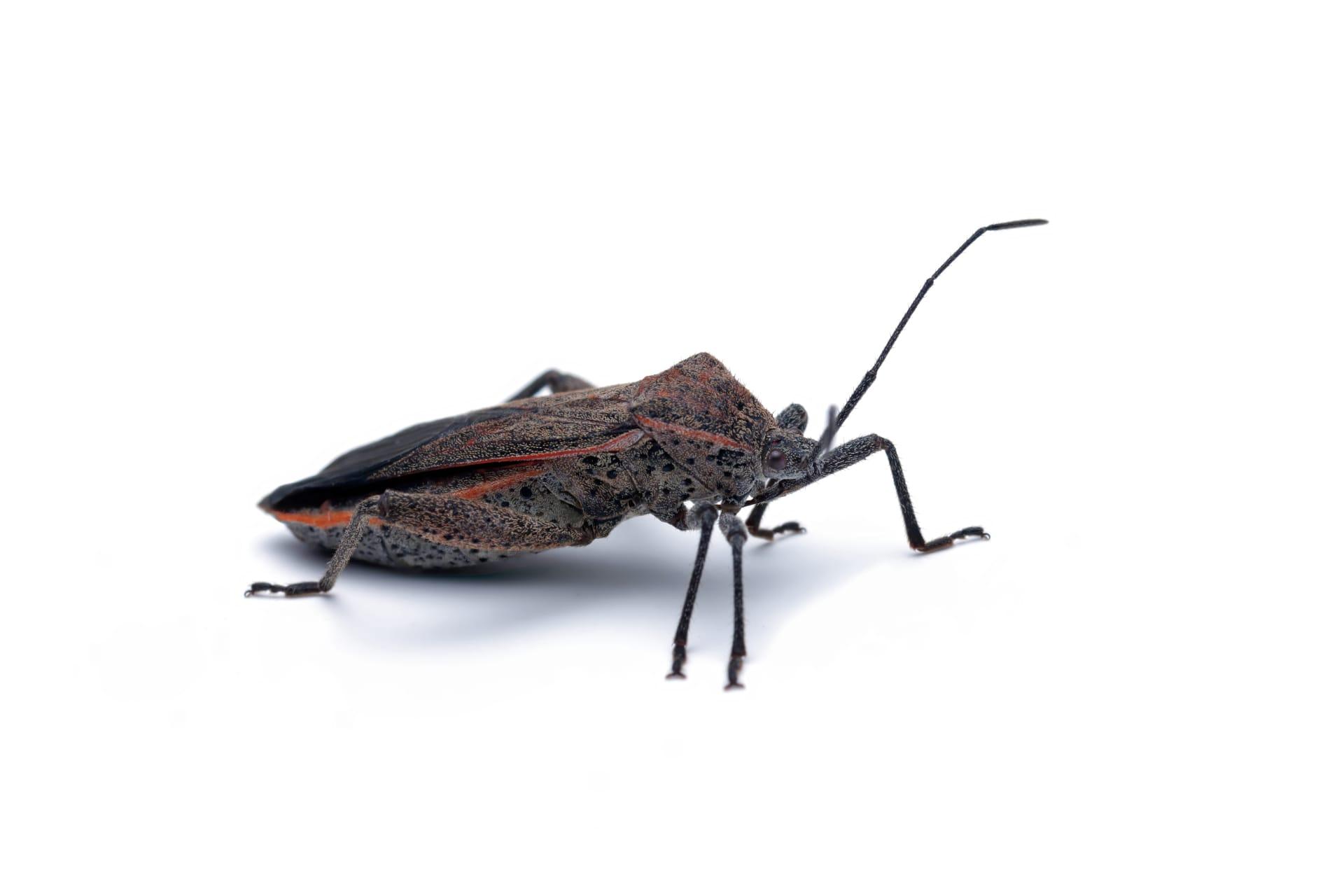Squash Bugs Characteristics
- Home /
- Mini Encyclopedia /
- Animal /
- Squash Bugs Characteristics
1
Squash bugs, known scientifically as Anasa tristis, are a fascinating species in the insect world. Adult squash bugs typically measure about 5/8 inches long and are characterized by their dark brown, flat, and somewhat elongated bodies. They have a life expectancy of approximately 75 to 80 days under optimal conditions. However, their lifespan can vary significantly based on environmental factors.
One of the most distinctive organs of the squash bug is its piercing-sucking mouthpart, called a proboscis. This specialized structure is used for feeding and is particularly adapted for piercing plant tissue and sucking out plant fluids. This proboscis can extend to about 1/3 the length of its body when feeding and is usually tucked under the body when not in use. Its functionality is crucial for the squash bug’s survival as it feeds primarily on the sap of squash plants.

2
Question: What attracts squash bugs to plants, and how can their presence be detected?
Answer: Squash bugs are primarily attracted to squash and pumpkin plants, guided by the scent of these plants. They can also be drawn to other cucurbits like cucumbers and melons. Detection of squash bugs is often through the visual sighting of the bugs themselves, which are typically found on the underside of leaves, or through the presence of yellowish to brown spots on leaves, a sign of their feeding. Additionally, egg clusters, which are bronze in color and found in groups on the underside of leaves, can signal their presence.

3
Squash bugs exhibit a rather slow and methodical movement, which can be deceptive as they are quite adept at hiding quickly when disturbed. They tend to move in a steady, unhurried manner and are not known for rapid movement or flying extensively.
As for their feeding characteristics, squash bugs are piercing-sucking insects. They use their proboscis to pierce plant tissue and extract sap. This feeding process can cause significant damage to plants, including wilting, yellowing, and the eventual death of leaves. The bugs are particularly fond of the sap from squash and pumpkin plants, but will also feed on other members of the cucurbit family.

4
Squash bugs are typically found in areas where cucurbits are grown, as these plants are their primary food source. They thrive in warm, sheltered environments and are common in North America, particularly in the United States. They prefer to lay their eggs on the underside of leaves and hide in sheltered areas such as under rocks or in garden debris.
The reproduction of squash bugs begins in early summer when females lay clusters of eggs on the underside of leaves. These eggs hatch into nymphs, which go through five instars over a period of 4 to 6 weeks before maturing into adults. The nymphs resemble adults but are smaller and lack wings. The entire life cycle from egg to adult can take about 6 to 8 weeks, and there are typically one to two generations per year, depending on the climate.

5
Book: "Insects of the Garden: Identifying and Dealing with Common Pests" by Dr. Thomas H. Jones. Published in the United States in 2000, this book provides an in-depth look into various garden insects, including the squash bug. Jones, an entomologist, offers insights into the behavior, life cycle, and management of squash bugs, among others. The book is well-regarded for its practical advice and easy-to-understand descriptions.
Book: "The Secret Life of Bugs: Discovering the Marvels of Insects" by Sarah Reynolds. This UK publication from 2010 delves into the fascinating world of insects, dedicating a chapter to the squash bug. Reynolds, a nature writer, explores the ecological significance and unique characteristics of squash bugs. The book is known for its engaging narrative and detailed observations, making it a favorite among both scientists and casual readers interested in the natural world.